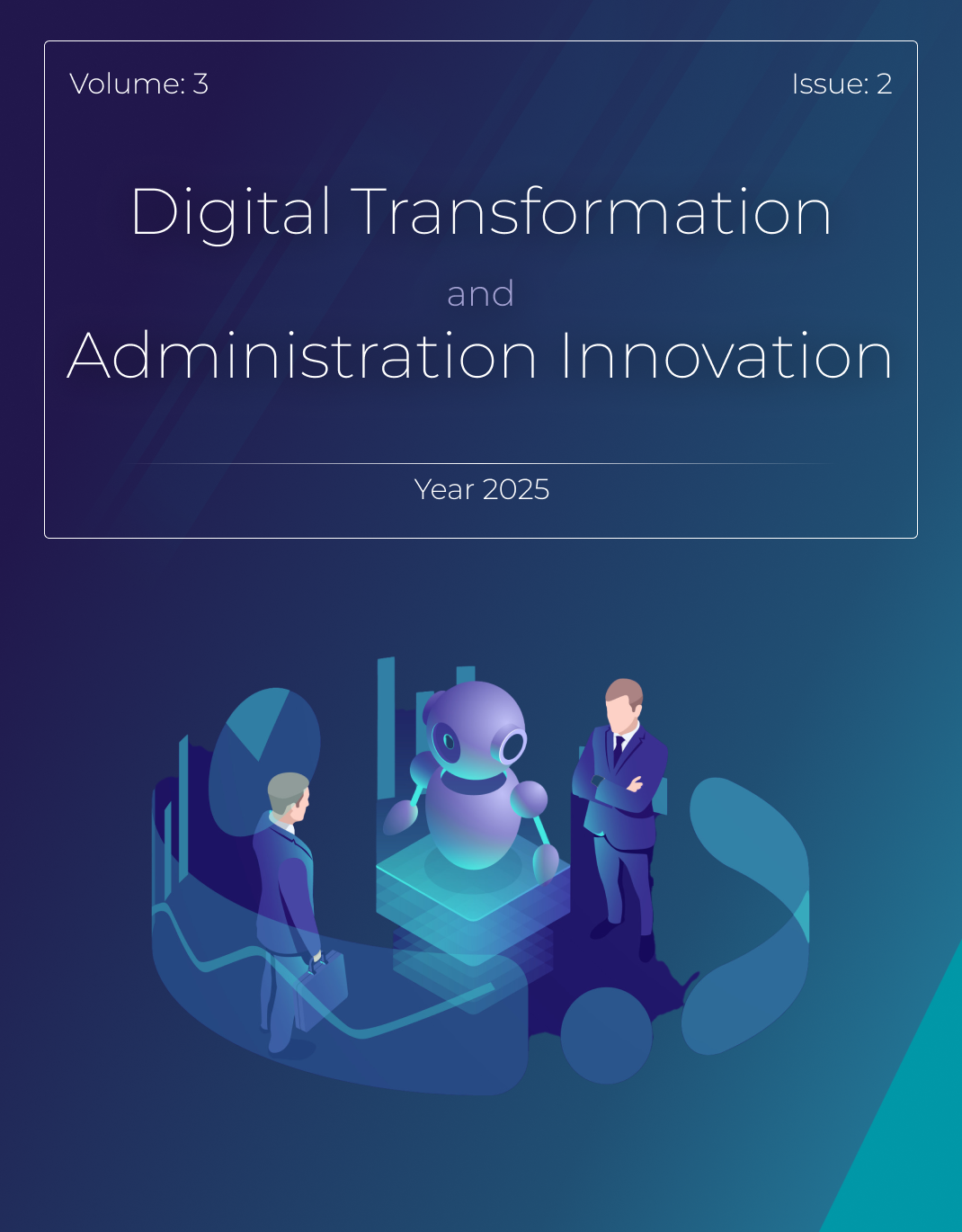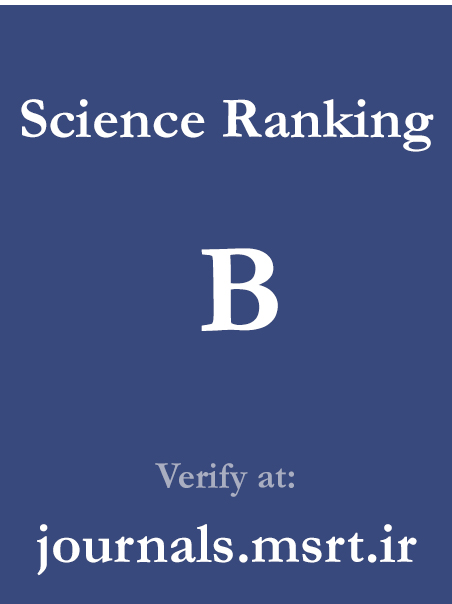Analyzing the Role of Urban Management in the Spatial Duality of Tehran (Case Study: District 7 of Tehran Municipality)
Keywords:
Urban management, spatial duality, Tehran, District 7, TOPSISAbstract
Rapid urbanization and the excessive growth of metropolises have led to numerous consequences, including deficiencies in infrastructure and urban services, social disorders and disarray, housing shortages, and residence in vulnerable and deteriorated urban fabrics. These developments have also placed the environment at risk. Social and economic duality—and consequently, spatial duality—are outcomes of the interactive effects of various factors, which have become evident in Tehran due to rapid urban growth and inefficient urban management. In this context, the management of District 7 of Tehran Municipality, as the spatial focus of this study, has not operated in an integrated or coordinated manner. This has resulted in stark differences in the distribution of land uses between the eastern and western areas of District 7. The aim of this study is to identify the influential factors in the role of urban management in shaping spatial duality within District 7 of Tehran Municipality. This research is applied in purpose, analytical in nature, and employs a mixed-methods approach (qualitative-quantitative). The statistical population consists of 75 urban planning experts. A non-probability stratified sampling method was employed. Research data were collected through library methods, and the instrument for data collection was a structured questionnaire with closed-ended questions. The TOPSIS model was used for data analysis. The results indicate that the integration factor, with a score of 0.967, ranks highest among the evaluated criteria. The spatial factor, with a score of 0.914, holds second place, followed by the security factor in third place. Other factors such as employment, participation, income, infrastructure, and services ranked lower accordingly.
Downloads
References
Amirzadeh Doostan, A. (2021). Examining urban management and its role in sustainable urban development. Geography and Human Relations, 5(2), 21-33. https://ensani.ir/fa/article/download/523727
Azar Barghani, S., Majidi, H., & Zarabadi, Z. (2022). Analyzing the dispersed patterns of urbanity in the metropolitan area of Tehran with an emphasis on urban management system approaches. Applied Research in Geographic Sciences, 22(65), 439-459. https://doi.org/10.52547/jgs.22.65.439
Ghayoumi Zadeh, H., Fayazi, A., Rahmani Seryasat, O., & Rabiee, H. (2022). A Bidirectional Long Short-Term Neural Network Model to Predict Air Pollutant Concentrations: A Case Study of Tehran, Iran. Transactions on Machine Intelligence, 5(2), 63-76. https://doi.org/10.47176/TMI.2022.63
Hajigol Yazdi, E., & Fakhrzad, M. (2020). Supply Chain Risk Management by Risk Efficiency Index. Transactions on Data Analysis in Social Science, 2(1), 23-35. https://doi.org/10.47176/TDASS/2020.23
Hatami Nejad, H., Sen Vensan Youkan, N., & Nourie, N. (2024). Examining the barriers to achieving integrated management and future-oriented good regional governance in Tehran County. Geographical Space Planning, 54(1), 1-17. https://www.ensani.ir/fa/article/602457/
Healey, P. (2004). The treatment of space and place in the new strategic spatial planning in Europe. International Journal of Urban and Regional Research, 28, 45-67. https://doi.org/10.1111/j.0309-1317.2004.00502.x
Jalili, M., Sasanpour, F., Shamaei, A., & Fasihee, H. (2021). Analyzing the spatial dichotomy of livability in District 7 of the metropolitan area of Tehran. Quarterly Journal of the Iranian Geographic Society, 71, 43-61. https://www.noormags.ir/view/en/articlepage/1850095/
Javadi, A., & Parvin, H. (2015). The participation of space and people or the connection of political matters and urban space: The Bab al-Vazir neighborhood. Journal of Urban Studies, 34(1), 109-124. https://www.bagh-sj.com/article_11094.html
Mirzadeh Doostan, A. (2021). Examining urban management and its role in sustainable urban development. Quarterly Journal of Geography and Human Relations, 5(2), 21-33. https://www.gahr.ir/article_158538.html
Pirbabayi, M. T., & Rahimi, L. (2015). The role of spatial and perceptual organization of streets in the sense of security of pedestrians (Case study: Tabriz). Journal of Urban Studies, 16(7), 71-80. https://ensani.ir/fa/article/488159/
Qaed Rahmati, S., Khadem al-Hosseini, A., & Banari, S. (2021). Strategic spatial planning of the city and operational planning of the municipality of Ardakan, Fars. Spatial Planning and Programming (Humanities Group), 25(2), 145-181. https://hsmsp.modares.ac.ir/article-21-46979-fa.html
Ramezani, M., Ariakia, H., & Rajabzadeh Ghatari, A. (2022). Two-Dimensional Model Designing to Evaluate Employees' Performance Using Fuzzy Approach. Transactions on Data Analysis in Social Science, 4(2), 56-64. https://doi.org/10.47176/TDASS/2022.56
Saadi, Z. (2023). Solving Urban Routing Problem in Supply Chain by Optimizing PSO Algorithm. Transactions on Machine Intelligence, 6(4), 208-220. https://doi.org/10.47176/TMI.2023.208
Sarvar, R., Ashtiani Iraqi, M. R., & Akbari, M. (2017). Investigating the factors influencing the feasibility of integrated urban management: A case study of the metropolitan area of Tehran. Geography, 15(52), 37-52. https://www.sid.ir/paper/150318/fa
Zhang, A. (2025). Analysis of the Sustainable Development Pathway of Urban-Rural Integration from the Perspective of Spatial Planning: A Case Study of the Urban-Rural Fringe of Beijing. Sustainability, 17(5), 1-19. https://doi.org/10.3390/su17051857
Downloads
Published
Submitted
Revised
Accepted
Issue
Section
License
Copyright (c) 2025 Farid Aliyar (Author); Shima Dadfar (Corresponding author); Saeideh Mohtasham Amiri , Ali Sheikhazami , Mohamadreza Farzad Behtash (Author)

This work is licensed under a Creative Commons Attribution-NonCommercial 4.0 International License.







